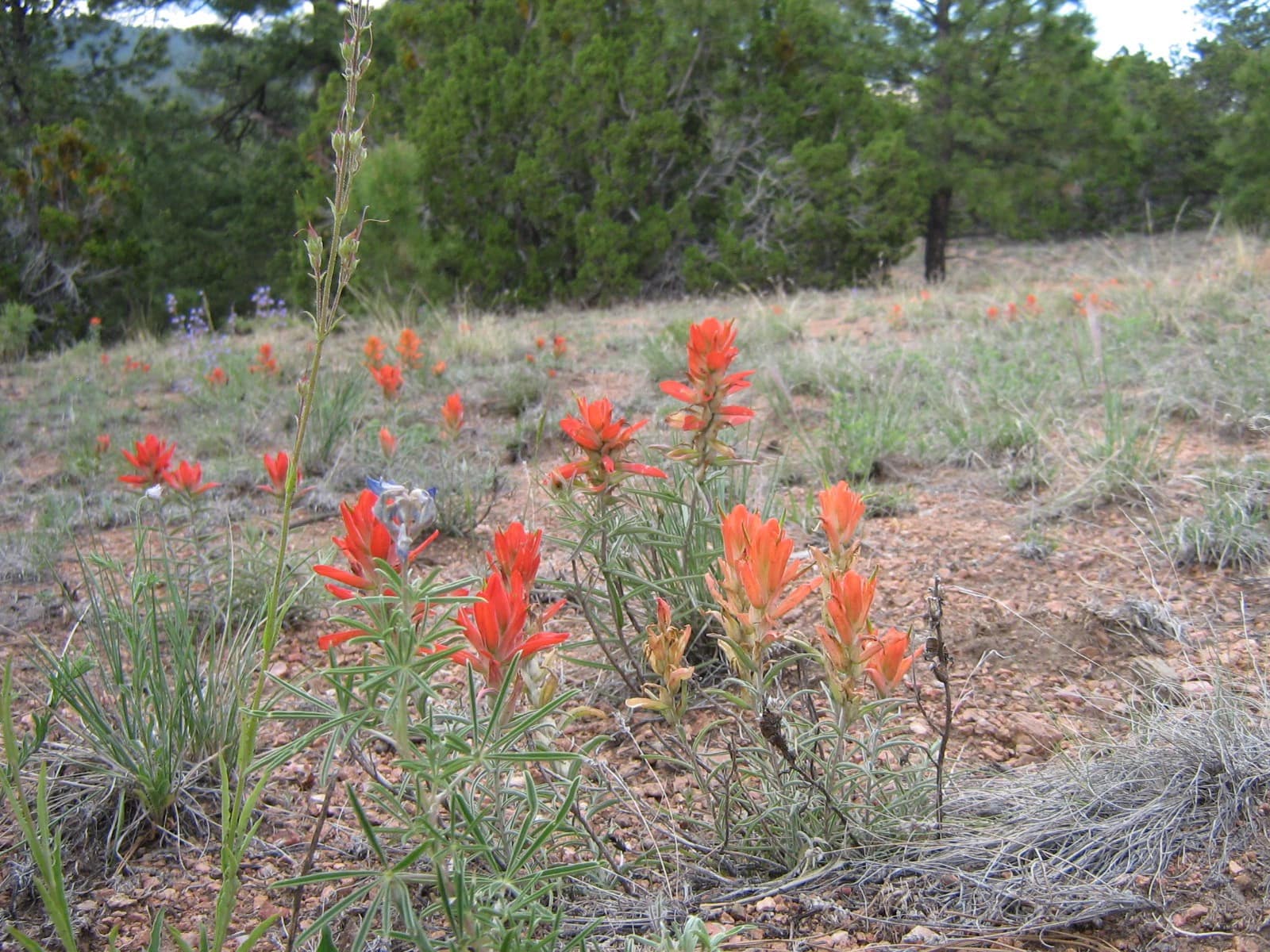studies
The “low-severity” model is that dry forests were relatively uniform, low in tree density, and dominated by low- to moderate-severity fires; the “mixed-severity” model is that dry forests were heterogeneous, with both low and high tree densities and a mixture of fire severities. Here, we simply rebut evidence in the low-severity model’s latest review, including its 37 critiques of the mixed-severity model.
Chad T. Hanson, Mar 3, 2022
A study of the 2021 Antelope Fire in California shows that areas commercially thinned were associated with significantly higher overall tree mortality levels than unthinned areas.
There has been no significant increase in the size of high intensity fire patches since the early 1990’s. This has management implications that logging and thinning may not be necessary to protect against larger high intensity fires.
Historical fire regimes at the landscape scale were estimated to determine whether modern fires are unnaturally severe in the San Juan Mountains of Colorado. This study concludes that large, infrequent severe fires occurred historically, providing ecological benefit, but have burned at lower rates in the last few decades. This study utilized existing tree scar data and other types of available information resources.
Low-severity fires that killed few canopy trees played a significant historical role in dry forests of the western USA. This study uses a regression methodology to estimate fire rotations across the western US, and finds that fire burned much less frequently historically than previously thought. Past tree scar studies in northern New Mexico have indicated that fire rotations were from 5-15 years in dry mixed conifer and ponderosa pine. This study estimates that the average historical fire rotation in the Santa Fe watershed is 55 years.
This large-scale study concludes that Western frequent-fire forests, including Southwestern forests, with the highest levels of protection from logging tend to burn least severely—logging defined to include the removal of trees, including small trees for non-commercial fuel.
A 2015 study by researchers at Harvard T.H. Chan School of Public Health found that death rates among people over 65 are higher in zip codes with more fine particulate air pollution (PM2.5) than in those with lower levels of PM2.5. PM2.5 is the most harmful component of wood smoke, including smoke from prescribed burns. The harmful effects from the particles were observed even in areas where concentrations were less than a third of the current standard set by the Environmental Protection Agency (EPA).
Study results demonstrate that the annual area burned in the western United States has not increased in direct response to bark beetle activity, bringing into question whether dead trees in general increase fire hazard.
The study uses fire scar analysis to reconstruct fire history and fire-climate relationships in the Santa Fe River watershed in order to provide historical ecological data for guiding management. It is a component of the scientific basis for estimates of historical fire rotations for the Santa Fe National Forest.
Fire Probability, Fuel Treatment Effectiveness and Ecological Tradeoffs in Western U.S. Public Forests Rhodes and Baker 2008
Study concludes there is a very low probability of a thinned site actually encountering a fire during the narrow window when tree density is lowest.
The effects of fire exclusion, animal grazing, timber harvest, and climate cycles on pondersosa pine ecosystems in the Southwestern United States

The Forest Advocate
Santa Fe, New Mexico
